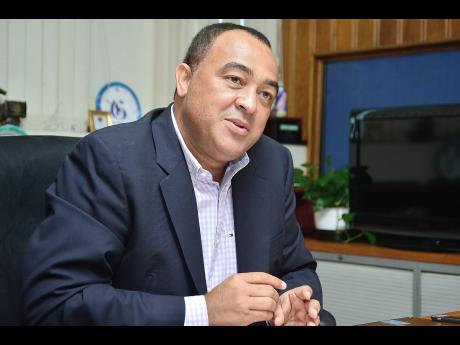Jamaica has committed to the goal of attaining universal health coverage (UHC) for all residents by 2030 in the context of the Sustainable Development Goals and the Government’s Vision 2030 strategy for improving equity and developing our human capital. We are, therefore, determined to ensure access for all Jamaicans to quality healthcare services while minimising the cost they face at the time of illness.
Of the more than 90 countries currently pursuing different strategies for UHC, there is no clear evidence regarding the best path to follow towards that goal. Many countries begin by offering subsidised care to their most vulnerable populations such as the indigent or disabled. In others, formal-sector and higher-income workers have social insurance, access private health insurance, or can pay for services out of pocket.
The citizens caught between the high cost of private health insurance and the long wait times associated with public services represent a growing group that is often referred to as ‘the missing middle’. This group is increasingly exposed to potentially catastrophic costs and reduced access to care. They are predominantly composed of middle-income and informal-sector workers.
International examples of where this has been known to happen are Vietnam and Peru, where both the lowest-income and highest-income groups in the country have increased access to care over those who are middle-income (World Bank, 2015).
This also appears to be the case in Jamaica. Data from the Jamaica Survey of Living Conditions show that for individuals enrolled in the National Health Fund (NHF) and reported needing a prescription, those in the middle-income quintile were almost 20 per cent less likely to get their medications as because of the shared costs (co-payment).
Over time, NHF’s coverage of chronic disease-related medications with a subsidy has allowed hundreds of thousands of Jamaicans to get life-saving drugs at a lower cost. For many, however, the amount that is still required for their drugs remains a significant share of their household budget, and many are forced to forgo their medication or to take a less-than-optimal dosage.
The inequity of access to private health insurance in the country also likely plays a role in the phenomenon of the missing middle in Jamaica. The latest figures show that more than 40 per cent of the wealthiest report have private health insurance, compared to only 12 per cent of those in the middle-income and four per cent in the lowest-income quintile.
Even many of our civil servants are covered by government-sponsored health coverage but find the coverage insufficient for their real needs or too expensive based on their disposable income.




Leave A Comment